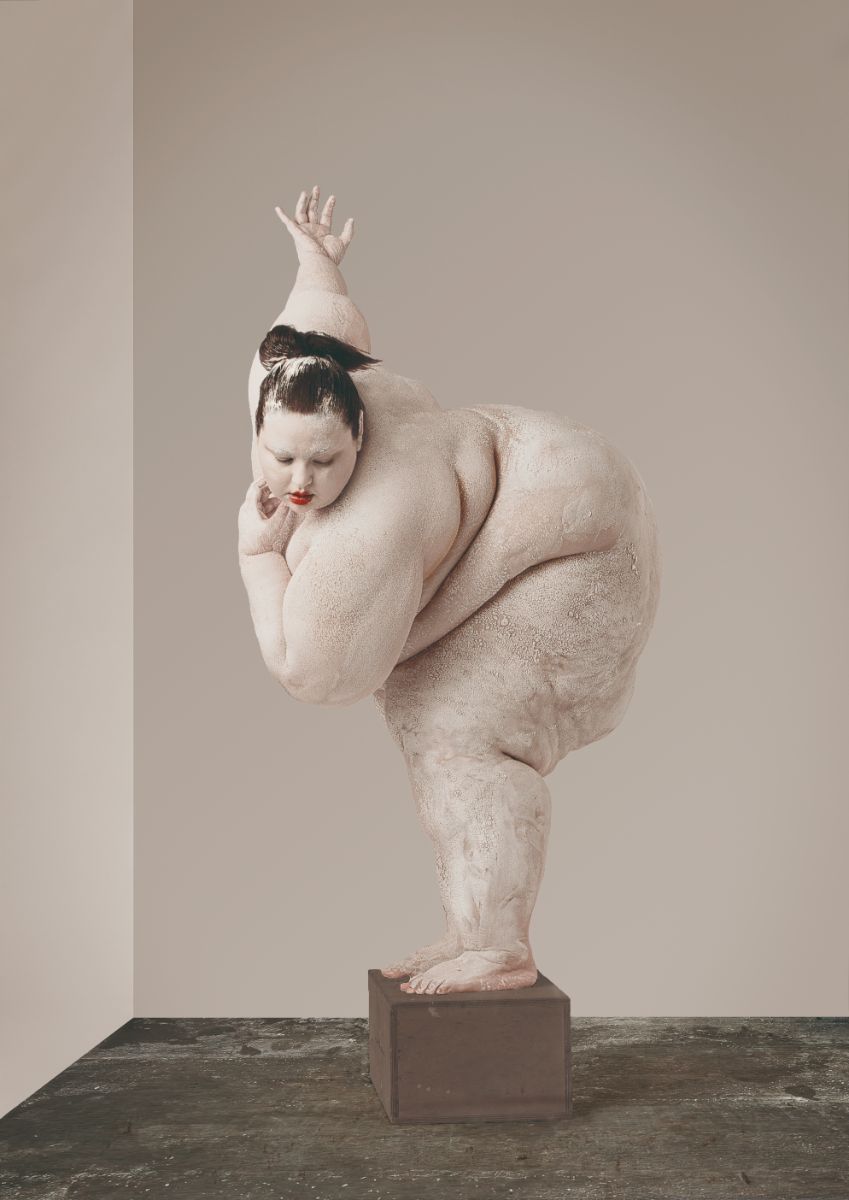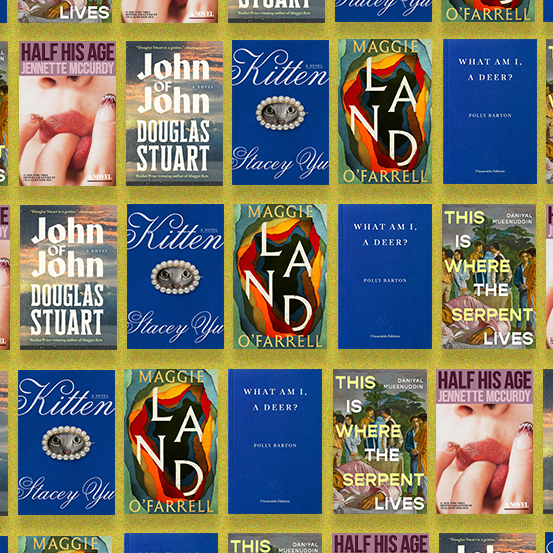Julia SH’s work is a hymn to the female body, in every shape and form. Labels aren’t welcome here.
Julia SH’s work is a hymn to the female body, in every shape and form. Labels aren’t welcome here.

© Julia SH
© Julia SH
“Body positivity is such a useless term”. The sentence, perhaps controversial, is said by Julia SH, swedish photographer, and requires context: in a world where there is, indisputably, a beauty standard that still exists and reaches us from every way, assuming a movement that goes against these standards is precisely to admit that “the body has to follow a certain norm”. As women, we know very well what society says about what we should look like: thin waist, wide hips, big breasts and, above all, skinny. A body sculpted by the hands of those who see it, and not by the ones who wear it every day. But not to this artist, who defends that “current beauty patterns aren’t inspiring, natural or sustainable.” That’s why she doesn’t see “the need to contribute to this majority” that is the “overrepresentation of the culturally dominant body type”. Despite “what we’re exposed to through mainstream media”, Julia turns to those with whom we establish relationships as evidence that we are capable of acceptance: “If we look at those with whom we date and marry, it’s very clear that we accept a larger variety of bodies”. We don’t have to look twice at Julia’s work to understand that “it is not surprising that people want to label it as ‘body positive’ or activist”, but the story might be different if the models she picks fit the standard that takes over industries like advertising, cinema or Fashion. “A lot of people applaud my model’s ‘courage’, while I wonder if they would say the same about a thin 20 year old woman”, she says. And it is precisely for having a “pragmatic view of the body” that the photographer guarantees never having considered herself an activist. “My work tends to turn organically to body neutrality”. With such an extensive portfolio full of women in all shapes and sizes, Julia explains the way she views the body: “Instead of trying to love and celebrate everything about yourself, allowing a sense of acceptance and gratitude for everything your body can do for you seems like a much more attainable starting point”.
Everything starts and ends with the nude, the essence of human nature. And, yet, what we see aren’t sexualized women. According to the photographer, this is only possible because she objectifies her models as much as possible: “I turn them into inanimate objects in a museum where the context suggests a different way of looking”. Regardless of whether we see ourselves or not in a certain beauty standard, we tend to associate a woman’s curves with sexuality. Julia thinks this is a reductive paradigm: “I think it’s funny how the female body is automatically seen through a sexual or jealousy lense: would I like to have sex with this person or is this the kind of body I wish to have”. She explains how her sensitivity to subjects related to womanhood and female body came during her teenage years, when she became “aware of how culturally loaded the naked body is”. Nowadays, she attributes her practical point of view to her “education and cultural heritage”. That doesn’t mean she “doesn’t have insecurities like most people do, but I’ve never thought about my body as anything other than completely natural”. Actually, Julia’s lense stands out due to the organic way she displays women’s curves. The passion for photography was born at 15, when she “took a photography course at school”. Not long after, Julia found “film cameras and never touched digital again until 2012”. To Vogue Portugal, she says “the camera is like a passport to pursue conversations I want to have with myself or with others, both in times of happiness and despair”. Throughout her youth, she captured “lots of friends in ways like I do now”, in order to show how “all bodies are equally interesting and uninteresting at the same time”. With all the politics and controversy about what a woman should look like, we leave Julia’s proposal: “Why can’t a body just be a body?”
Translated form the original on The Body Issue, from Vogue Portugal, published March 2022.Full stories and credits on the print issue.
Most popular


Relacionados


Leave-in Acidic Bonding Concentrate: o novo essencial da Redken para um cabelo brilhante e saudável
20 Jan 2026




